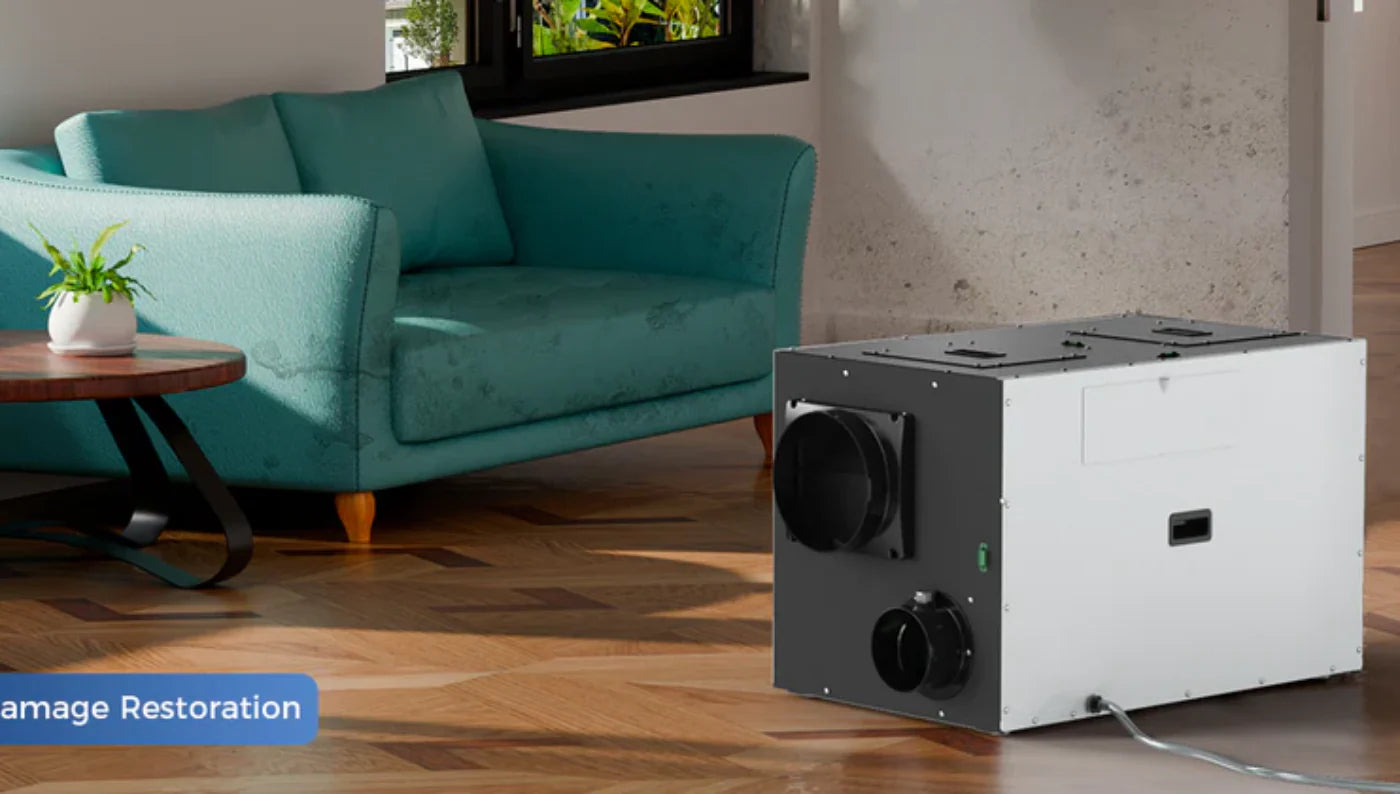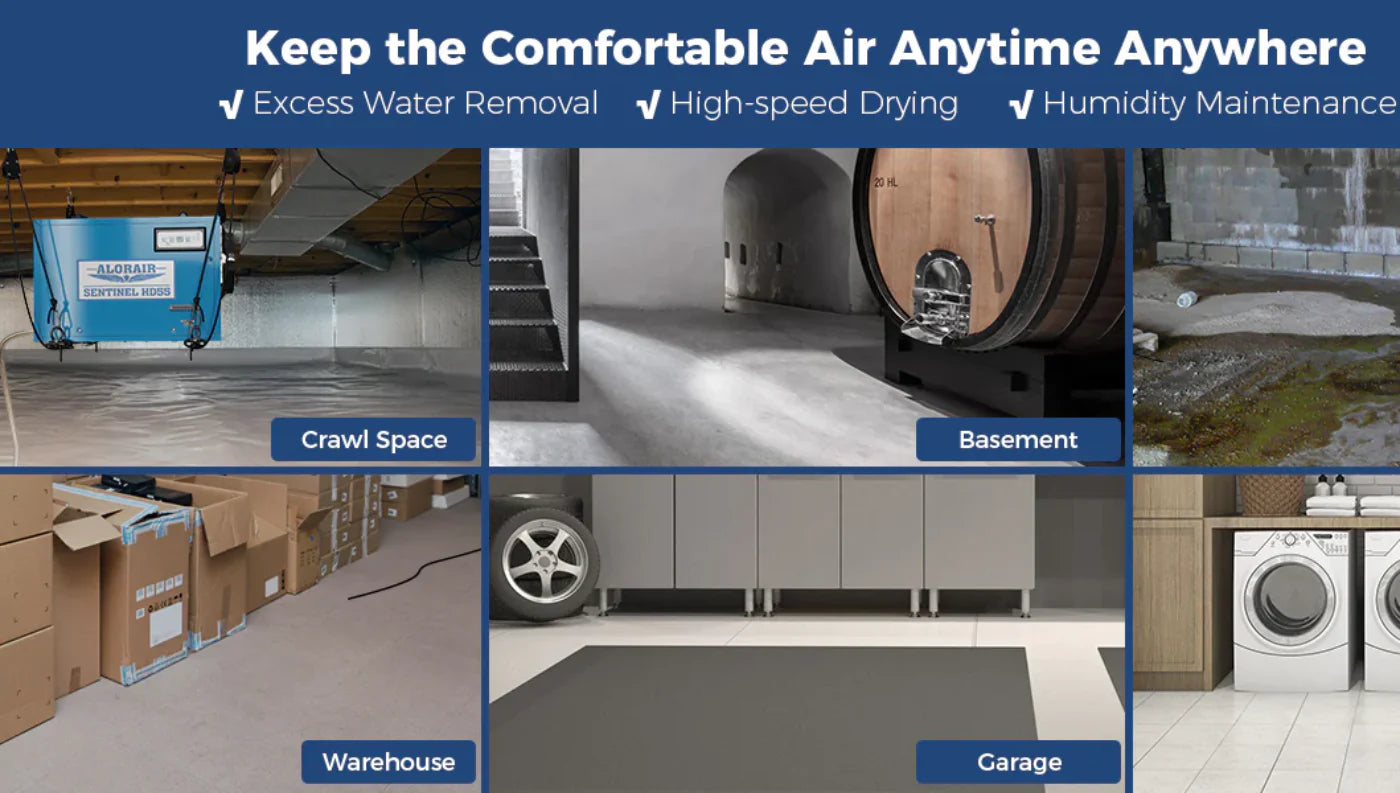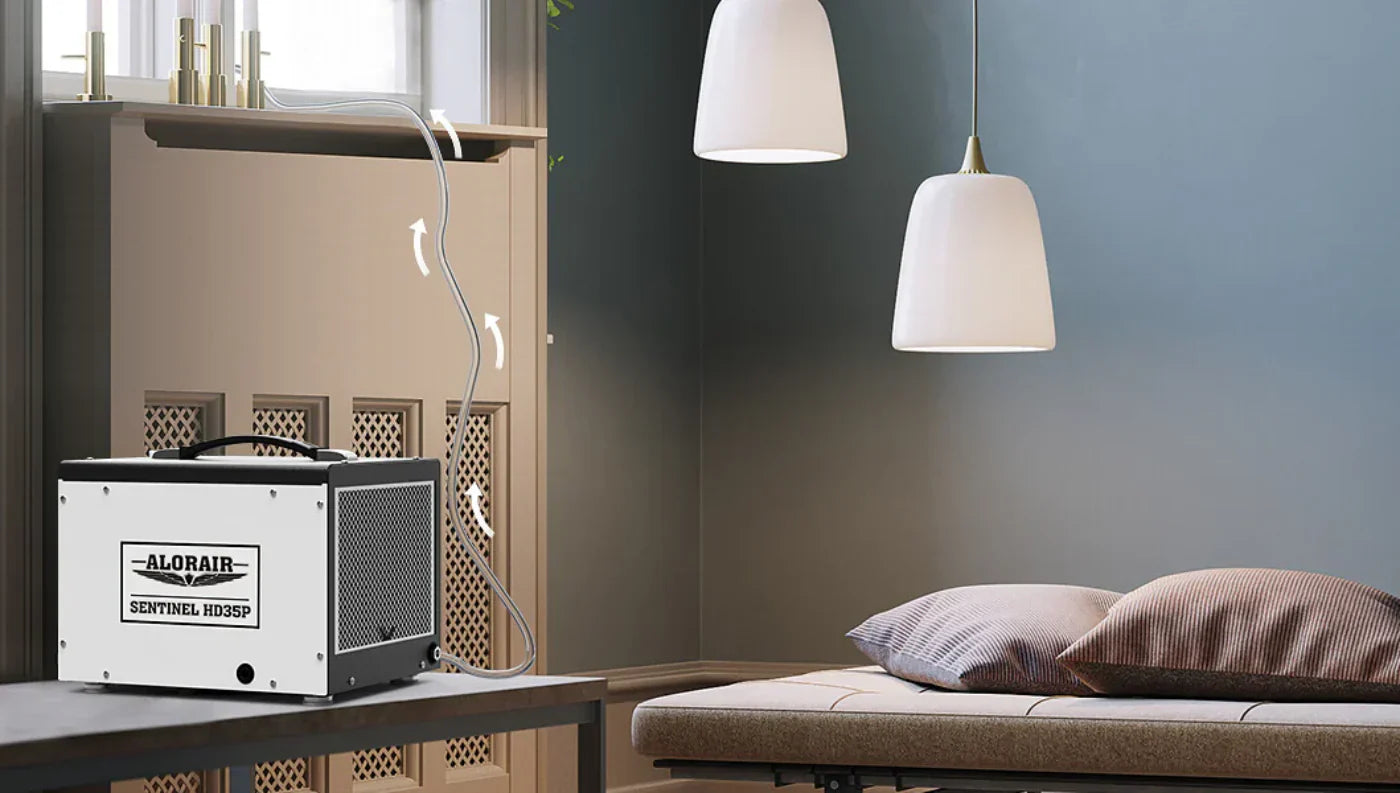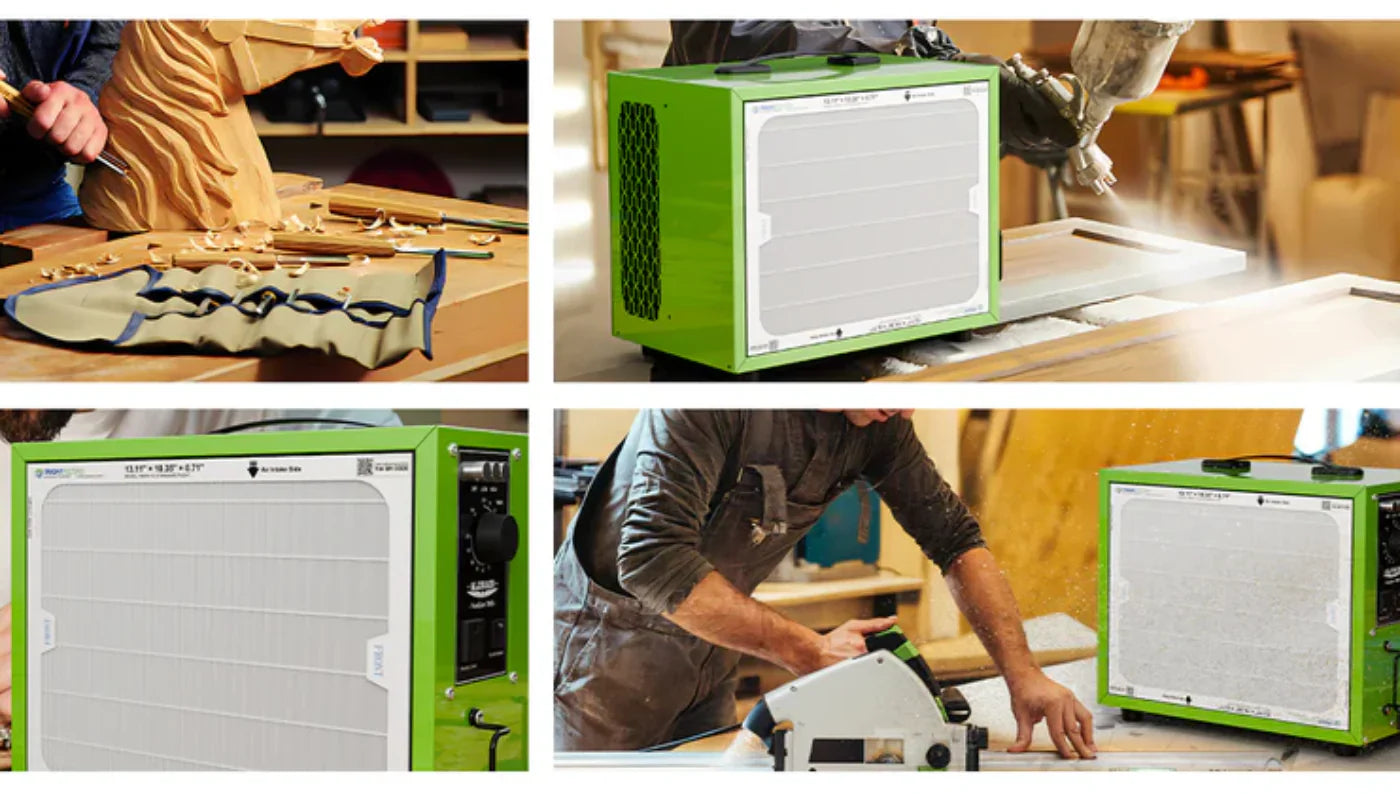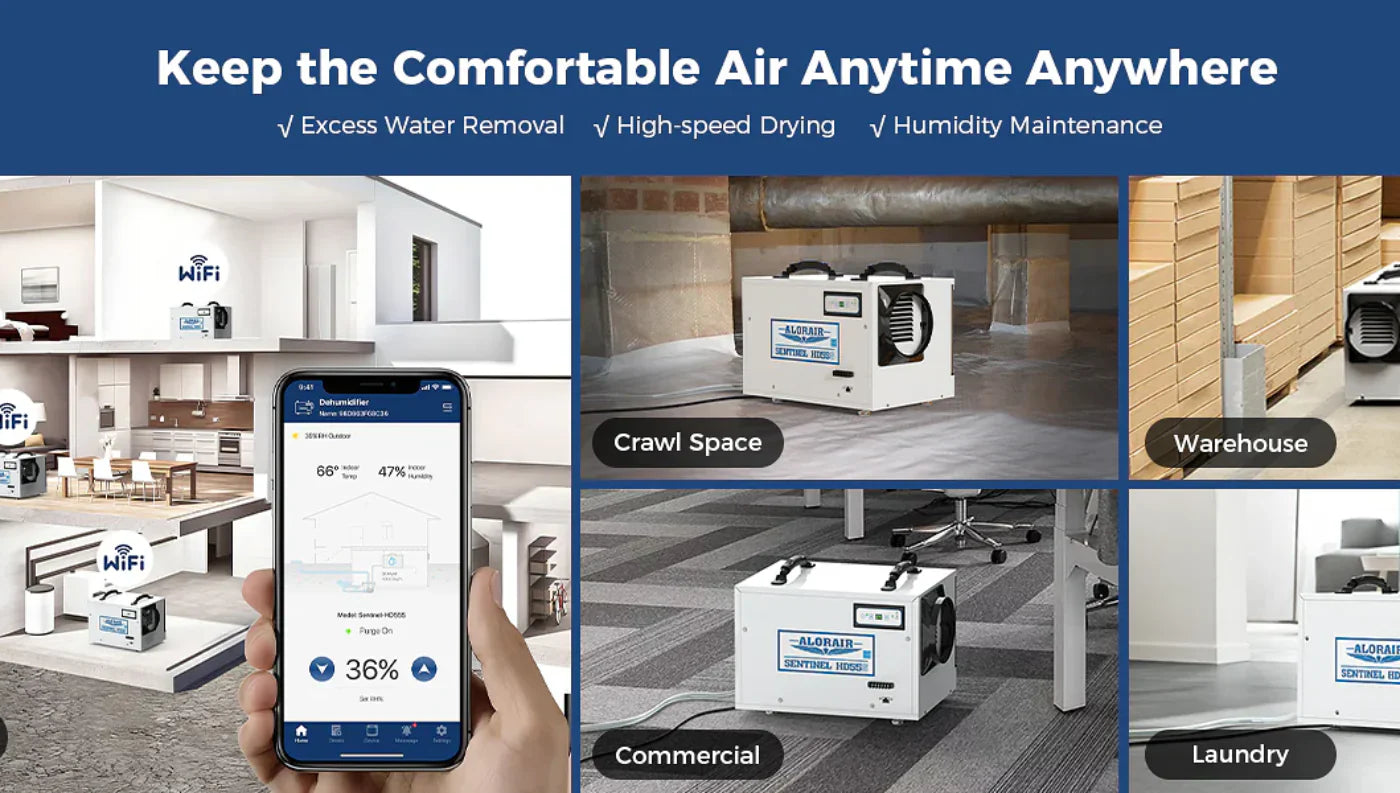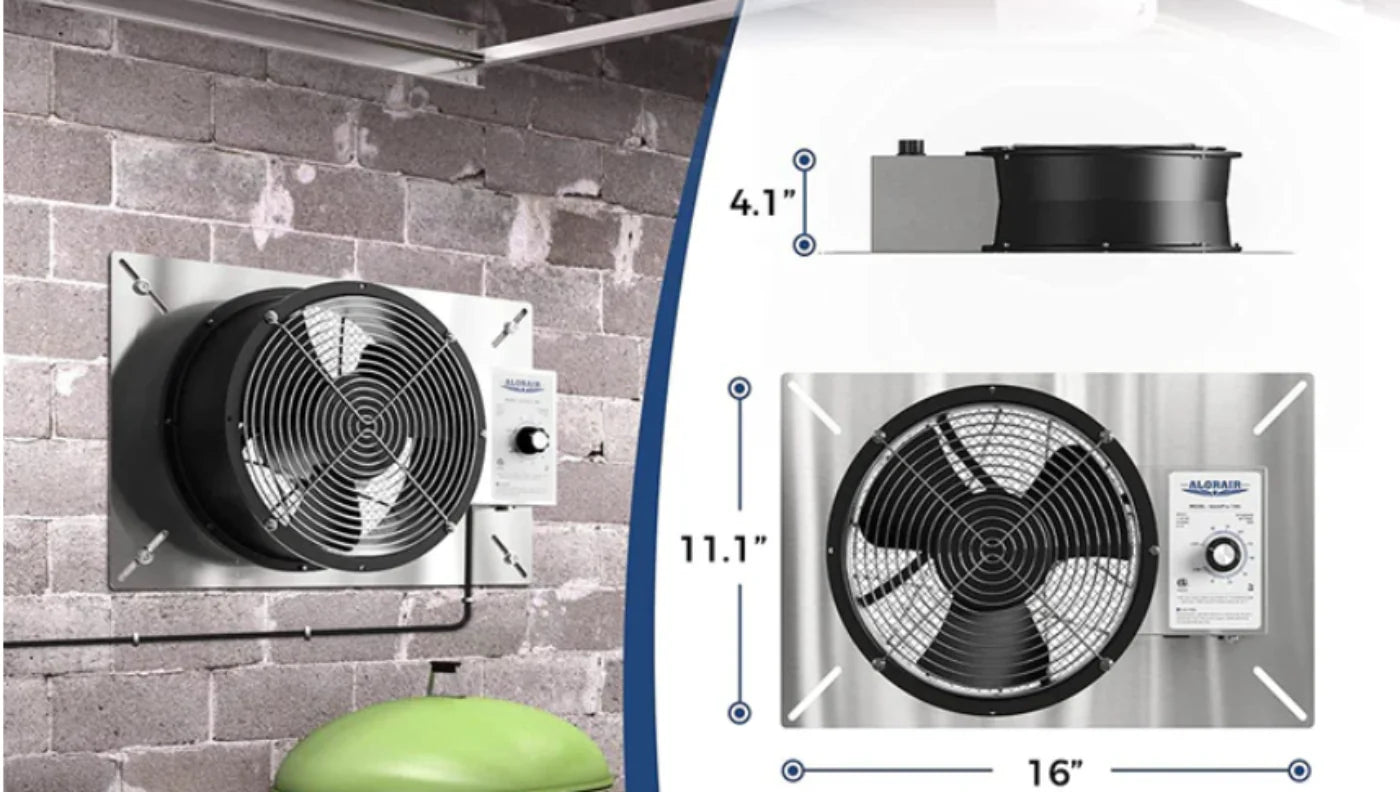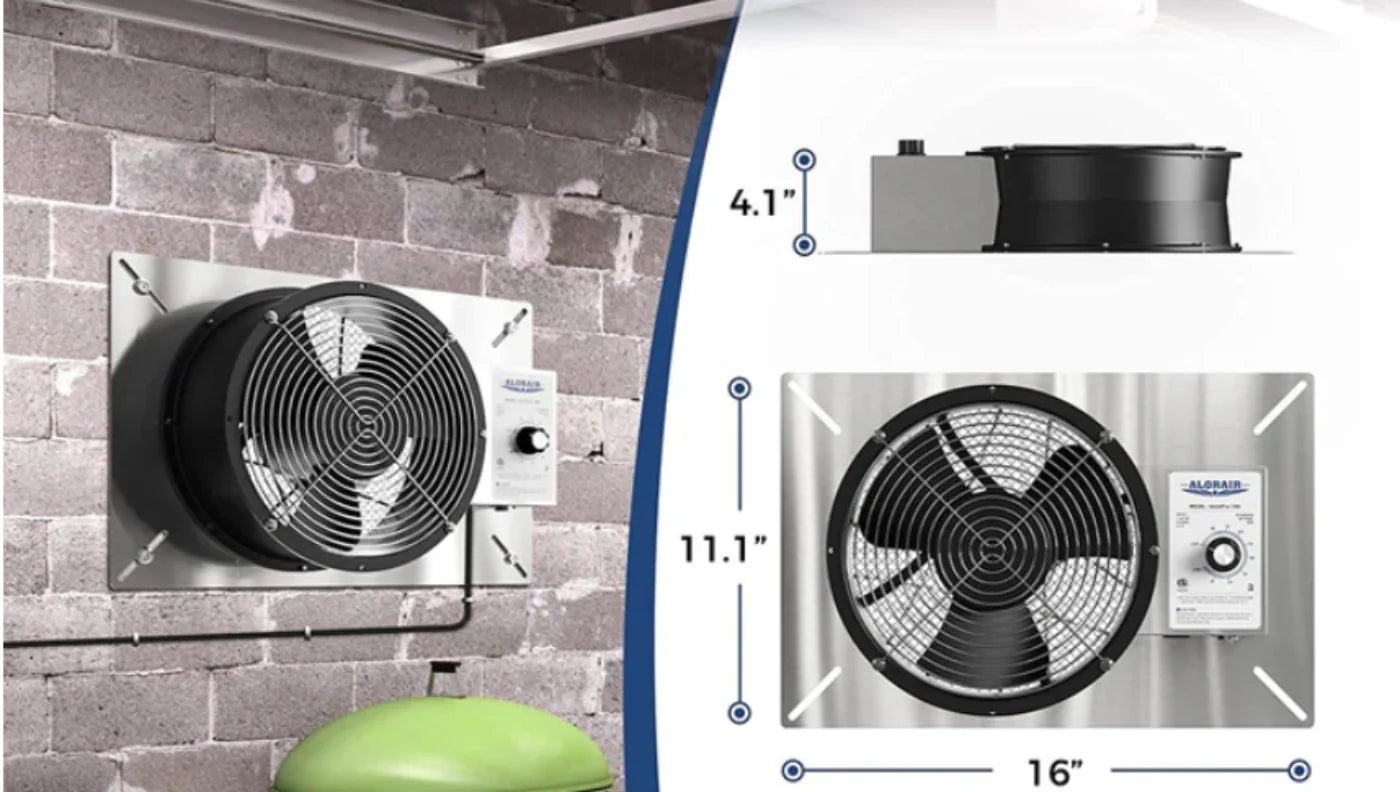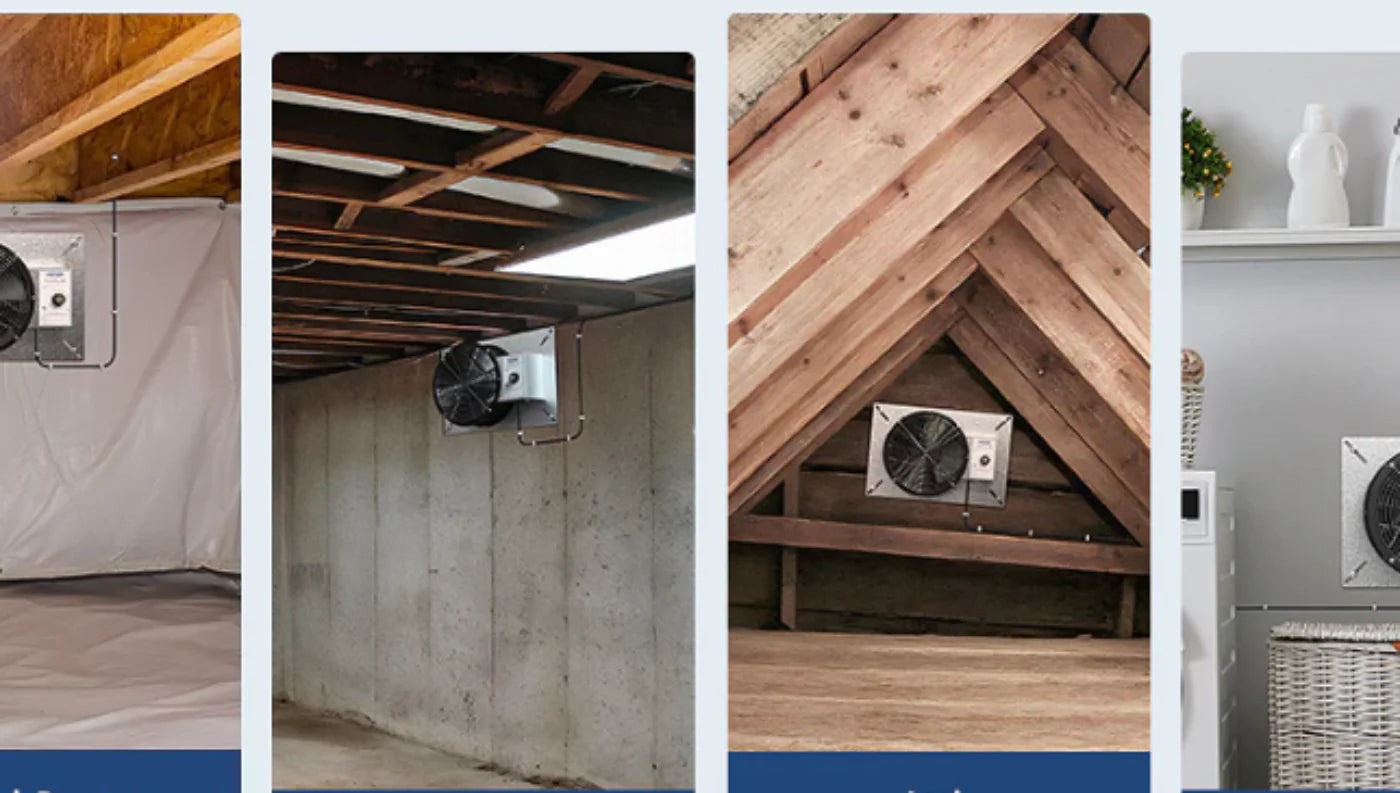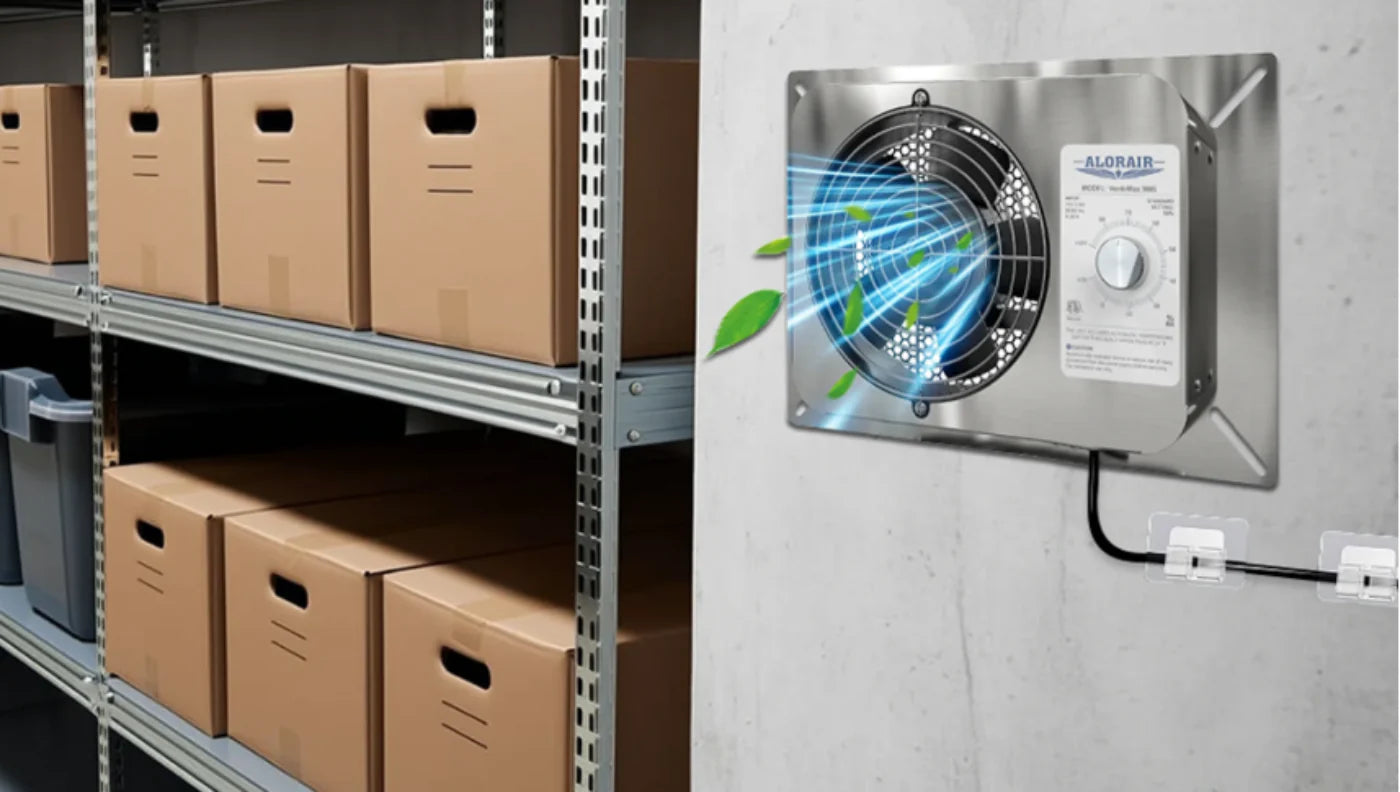A crawl space ventilation fan helps improve airflow, reduce stale odors, and support moisture control. However, installing one correctly is crucial—wrong placement or wiring can make it ineffective or even counterproductive.
This simple guide walks you through how to install a crawl space ventilation fan, including choosing the right location, connecting power safely, and understanding airflow direction. Whether you’re adding a single fan or upgrading multiple vents, the same principles apply.
Understanding What the Fan Does

A crawl space ventilation fan moves air in or out of the crawl space to reduce humidity buildup and improve circulation. Most modern fans come with a humidistat (to control operation automatically) and a temperature cut-off to prevent unnecessary running during cold weather.
These fans don’t dehumidify air by themselves—they simply promote movement. In dry climates, that’s often enough. In humid areas, they work best when paired with encapsulation and a dehumidifier for full moisture control.
Step 1 – Assess Your Crawl Space

Before installing, take a few minutes to evaluate your crawl space environment. Look for:
- Adequate vent openings or foundation walls where a fan can mount.
- Access to electricity or the possibility of a solar-powered unit.
- Existing signs of water, mold, or standing moisture (fix these before installation).
Measure your crawl space’s approximate size (length × width × height). This helps determine how many fans you’ll need. A single 200–300 CFM fan is usually sufficient for small spaces, while larger or divided areas may require two or more.
Step 2 – Choose the Best Placement
Placement determines whether your fan will actually improve air movement or just stir up damp air.
For exhaust-style fans (most common), install them to blow air out of the crawl space. The goal is to remove humid air and allow dry outdoor air to replace it through other vents.
For intake-style fans, install them to pull in outside air and push it through the space—but only if outdoor humidity is consistently lower than inside.
Ideal positioning:
- Near one end of the crawl space, across from an open vent or passive grille.
- At least 6–8 inches above the crawl space floor (avoid standing water zones).
- Where the airflow path isn’t blocked by walls or insulation.
If installing multiple fans, set them opposite each other to create a cross-breeze that moves air evenly.
Step 3 – Mark and Cut the Opening

If your crawl space already has vent grilles, remove one to check if your fan fits. If not, trace the fan’s housing dimensions on the wall or vent panel.
Use a reciprocating saw, oscillating tool, or masonry blade (depending on your wall type) to cut a clean opening slightly larger than the fan body. Smooth any rough edges before inserting the unit.
Be sure to wear eye protection and gloves—crawl spaces can have sharp debris and dust.
Step 4 – Mount the Fan
Slide the fan into the vent opening, aligning it with airflow direction arrows marked on the housing. Secure it using the provided screws or wall anchors. If there’s a mounting flange, seal around it with exterior-grade silicone or foam gasket to prevent leaks and drafts.
If your model includes a grille cover or mesh, attach it now to keep out insects and small animals.
For fans installed outdoors, check that the housing is weather-rated (IP44 or higher) and angled slightly downward to shed rainwater.
Step 5 – Wiring and Power Connection
Always cut power at the breaker before connecting wiring.
Most crawl space ventilation fans use standard 115V power and can plug into a GFCI-protected outlet. Some hardwired models require direct connection to a junction box or humidistat control switch.
Basic wiring steps:
- Run electrical cable through a conduit to the fan’s junction box.
- Connect black (hot) to hot terminal, white (neutral) to neutral, and green (ground) to the ground screw.
- Tighten all connections and close the cover plate securely.
- If using a humidistat, wire it in series so the fan operates only when humidity exceeds your set point.
When in doubt, hire a licensed electrician—incorrect wiring can damage the fan or create hazards in a confined crawl space.
Step 6 – Check Airflow Direction
After wiring, switch the fan on and confirm airflow direction. Hold a piece of paper near the grille—if it blows outward, it’s exhausting; if it pulls inward, it’s drawing air in.
If airflow seems weak, check for obstructions or verify that your power supply meets the fan’s voltage requirement.
For paired fans, make sure one is exhausting and the opposite vent allows makeup air to enter.
Step 7 – Seal and Test Operation
Seal any small gaps around the fan housing with silicone or foam sealant to prevent outside air leaks when the fan is off.
Turn the fan on again and let it run for several minutes. You should feel air moving through the crawl space and out the vent.
If your fan includes an automatic humidistat, set the dial to 60% RH to start. The fan will activate when the crawl space exceeds that humidity level and turn off automatically when it drops below.
Step 8 – Maintenance and Monitoring
Check your fan every few months for dust buildup or debris blocking airflow. Vacuum or wipe down the grille, and confirm that the humidistat (if present) still responds accurately.
In winter, you can unplug or disable the fan if outdoor air is cold and dry. Running it unnecessarily may draw in cold air under the house, chilling floors.
For the best long-term results, pair your ventilation fan with a vapor barrier on the crawl floor or a dehumidifier for stable humidity control.
Frequently Asked Questions
Do I need a ventilation fan in my crawl space?
If your crawl space has lingering moisture, musty odors, or poor airflow, a fan can help improve circulation. However, in humid climates, fans should be used carefully and combined with encapsulation or a dehumidifier.
How many ventilation fans do I need for a crawl space?
A single fan rated between 200–700 CFM can cover up to 1,500 sq ft, depending on layout. Larger or divided spaces may need two fans on opposite ends to ensure airflow across the entire area.
Should the fan blow air in or out?
In most cases, it should blow outward to exhaust humid air. Intake fans are only suitable when outdoor humidity is consistently lower than inside.
How do I wire a crawl space fan with a humidistat?
The humidistat is wired in series between the fan and power source. When humidity exceeds the set level (for example, 60%), it completes the circuit and powers the fan.
Can I install a solar-powered ventilation fan?
Yes. Solar-powered fans are great when wiring access is limited. They work best in open, sunny areas but have limited airflow and won’t run at night or on cloudy days.
What’s the best humidity level for a crawl space?
Keep humidity between 45–55% RH. Anything above 60% encourages mold and wood decay; below 40% can dry out wood excessively.
Conclusion
Installing a crawl space ventilation fan is a straightforward project that can significantly improve air quality under your home—if it’s done correctly. Proper placement, secure wiring, and balanced airflow are the keys to making it work safely and efficiently.
Remember: fans move air but don’t remove moisture. For lasting protection, pair your fan with moisture control measures like vapor barriers, sump drainage, or a dehumidifier.




